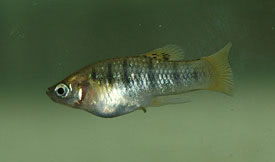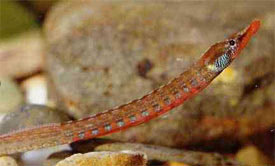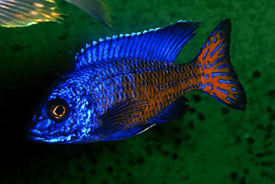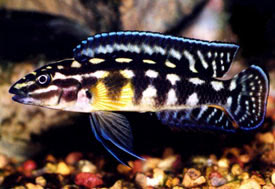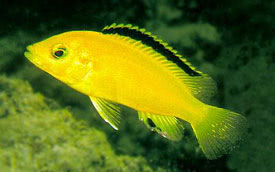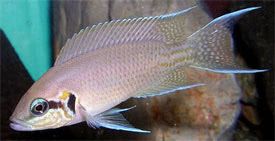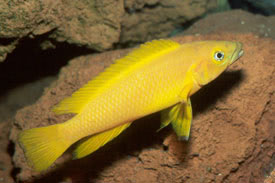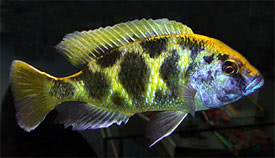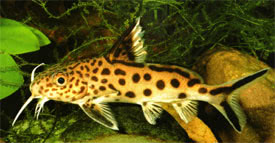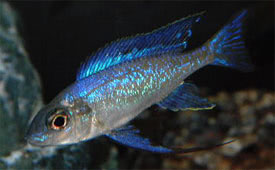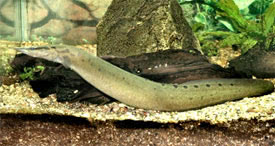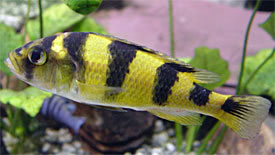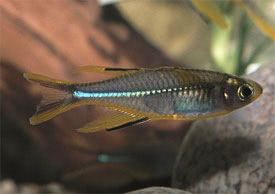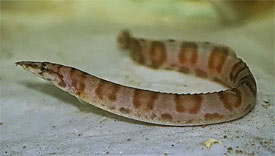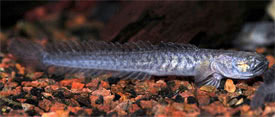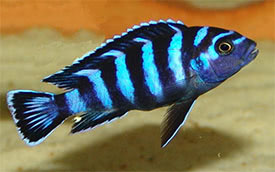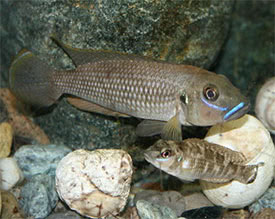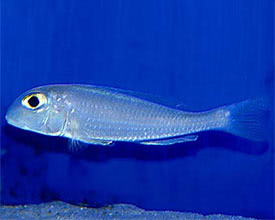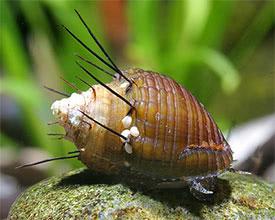
 Magyarul / Hungarian
Magyarul / Hungarian
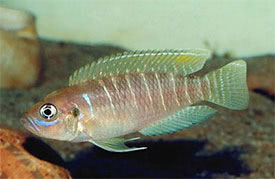
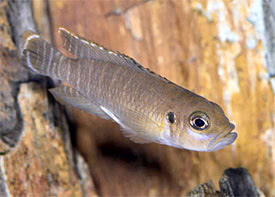
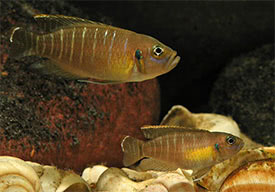
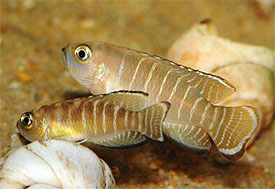
- Scientific name: Neolamprologus brevis
- Synonyms: Lamprologus brevis (Boulenger, 1899), Lamprologus calliurus (Boulenger, 1906), Neolamprologus calliurus (Boulenger, 1906), Lamprologus taeniurus (Boulenger, 1914)
- Common name: Brevis Shell Dweller
- Group: Cichlids
- Distribution: Africa; endemic to Lake Tanganyika
- Size: male: 6 cm, female: 4 cm
- Biotope: Inhabits the deeper water around the shoreline in the lake. These areas have a sandy bottom, and have usually fewer snail shells than other areas in the lake.
- Social behavior: A territorial species that will defend its shell and the small territory around it fiercely, so they should be kept with other species only in larger tanks. Ideal tankmates can be small rockdweller species that inhabit different parts of the tank.
- Diet: Omnivorous; In nature they feed on plankton, while in the aquarium they usually accept all kinds of live and frozen foods or even quality dried foods.
- Breeding: Quite easy
- Tank: Minimum 40 litres
- Population: 1 male and 3-4 females for 50 litres
- Decoration: Use sandy substrate and place empty snail shells of all sizes into the sand, that the fish can occupy. The sand can be 4-5cm deep as these fish like to dig, and provide more shells than there are individual fish.
- Temperature: 23-27 °C
- pH: 7.5-9.0
- Hardness: 8.0-25.0 dGH
- Lifespan: 6-8 years
Neolamprologus brevis is a quite common shell dweller species in the hobby, and several color morphs are available. The Standard color form has a brownish body with 9 tan stripes down its side. The Sunspot color form is a brownish-mauve colored fish with a bright golden spot on each side of the fish right behind its pectoral fins. Other varieties may have a blue cast over their body with blue accents on their fins. During periods of stress, the fish develops light tan vertical stripes down its sides. Each color variants have florescent blue lines beneath the eyes under the right lighting conditions.
Neolamprologus brevis is often found in areas within Lake Tanganyika where relatively few snail shells collect and therefore pairs of fish will share the same shell. This behaviour may be observed in the aquarium, when only a few shells are available. The territories the fish establishes are very small, usually not larger than 15 cm, but they are defended vigorously. They have very similar looking to Lamprologus ocellatus, but Neolamprologus brevis have vertical barring on their flanks.
http://www.seriouslyfish.com/species/neolamprologus-brevis/
http://www.fishbase.org/summary/8651
http://animal-world.com/encyclo/fresh/cichlid/BrevisShelldweller.php
http://www.cichlid-forum.com/articles/n_brevis.php
http://www.cichlidae.com/article.php?id=44
http://www.theaquariumwiki.com/Neolamprologus_brevis
A Tanganyika és a Malawi tó sügérvilága
Lake Tanganyika Cichlids by Mark Smith
Guide to Tanganyika Cichlids by AD Konigs





